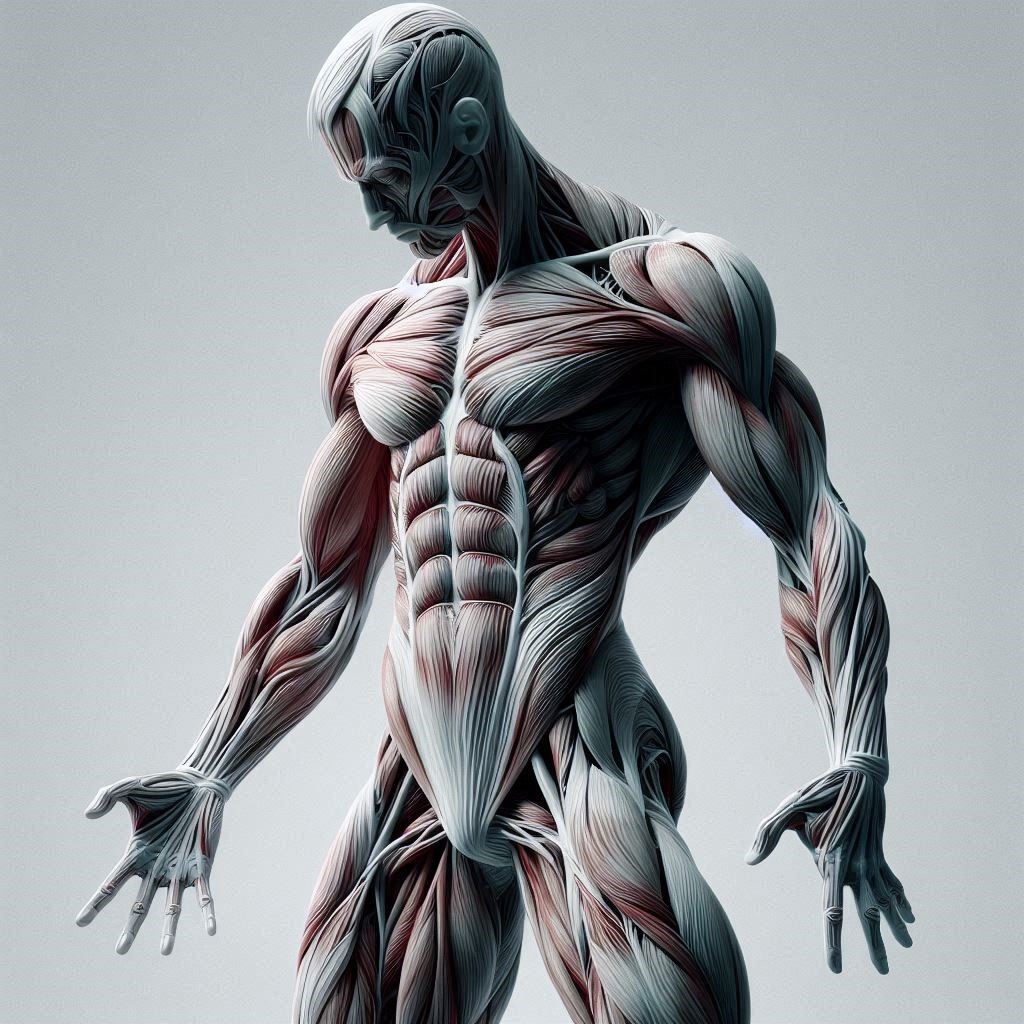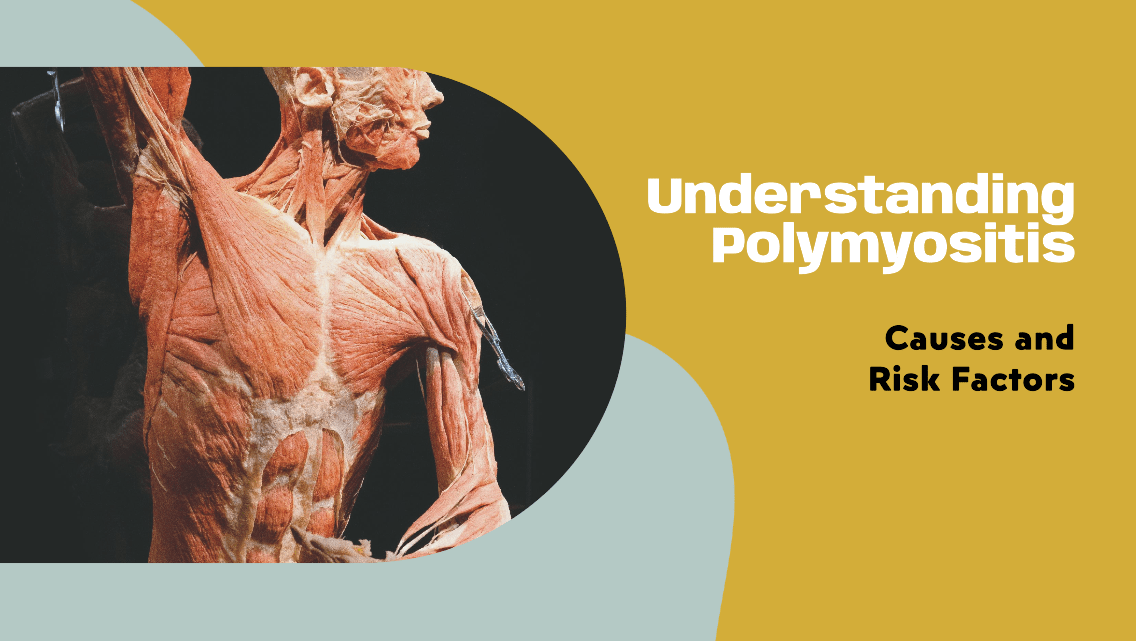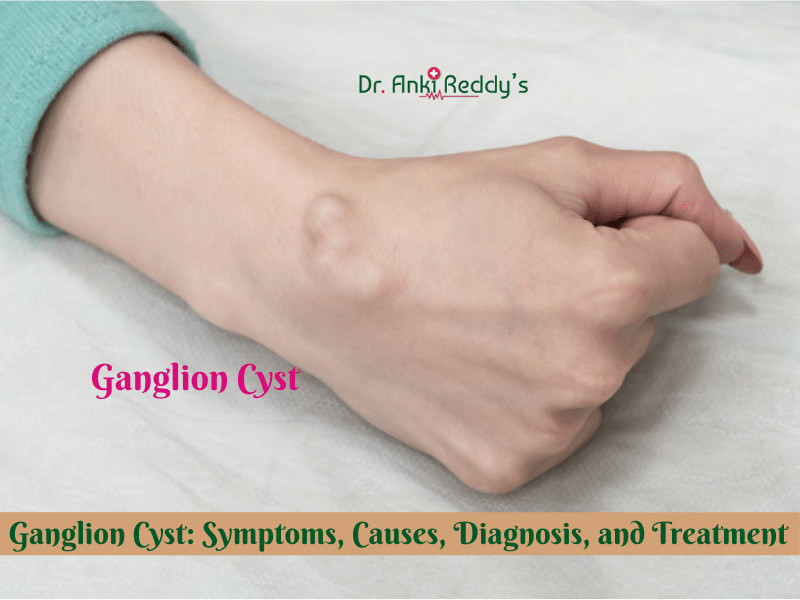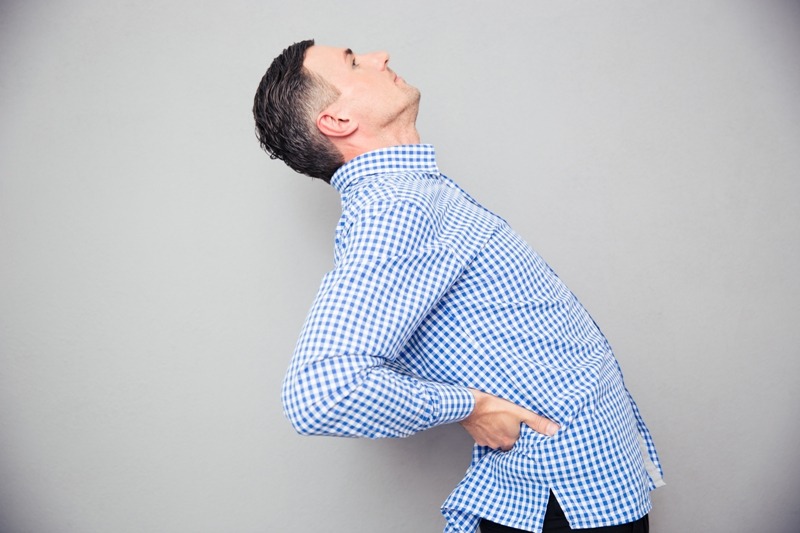Polymyositis: Understanding its Causes and Risk Factors
Polymyositis (pol-e-my-o-SY-tis) happens to be an uncommon inflammatory disease that causes muscle weakness affecting both sides of one’s body. Having this condition can make it indeed difficult to climb stairs, rise from a seated position, lift objects, or even reach overhead.
Polymyositis most commonly affects adults in their 30s, 40s, or 50s. Women are indeed affected more often than men. Signs as well as symptoms usually do develop gradually, over weeks or months.
While there is indeed no cure for polymyositis, treatment ranging from medications to physical therapy, can rather improve one’s muscle strength and also function.
Symptoms
The muscle weakness that is of course associated with polymyositis does involve the muscles close to one’s trunk, like those in one’s hips, thighs, shoulders, upper arms as well as neck. The weakness does affect both the left and right sides of one’s body and tends to gradually worsen.

Human Body Muscles
When to see a doctor
Seeking medical attention is important if the person develops unexplained muscle weakness.
Causes
The exact cause of polymyositis is in fact unknown, but the disease does share several characteristics with autoimmune disorders, in which one’s immune system mistakenly attacks one’s own body tissues.
Risk factors
One’s risk of polymyositis is higher in case a person suffers from lupus, rheumatoid arthritis, scleroderma, or Sjogren’s syndrome.
Complications
Possible complications of polymyositis include:
- Difficulty swallowing. If the muscles in one’s esophagus are rather affected, then the person may have problems swallowing (dysphagia), which in turn may indeed cause weight loss and malnutrition.
- Aspiration pneumonia. Difficulty swallowing can also cause a person to breathe food or liquids, including saliva, into one’s lungs (aspiration), which can indeed lead to pneumonia.
- Breathing problems. If one’s chest muscles are affected by the disease, a person may experience breathing problems, like shortness of breath or, in severe cases, respiratory failure.
Associated conditions
Although these are not indeed complications, polymyositis is quite often associated with other conditions that can cause further complications of their own, or in combination with polymyositis symptoms. Associated conditions include:
- Raynaud’s phenomenon. This happens to be a condition in which one’s fingers, toes, cheeks, nose, and also ears initially turn pale when exposed to cold temperatures.
- Other connective tissue diseases. Other conditions, like lupus, rheumatoid arthritis, scleroderma, and also Sjogren’s syndrome, can occur in combination with polymyositis.
- Cardiovascular disease. Polymyositis can lead to the muscular walls of one’s heart to become inflamed (myocarditis). In a small number of people who have polymyositis, congestive heart failure and also heart arrhythmias can develop.
- Lung disease. A condition known as interstitial lung disease can occur with polymyositis. Interstitial lung disease refers to a group of disorders that cause scarring (fibrosis) of lung tissue, making lungs stiff and also inelastic. Signs as well as symptoms do include a dry cough and also shortness of breath.
- People who have polymyositis indeed have an elevated risk of cancer.

Muscles Weakness
As mentioned earlier there is no cure for the condition, but the person can treat it in such a manner that the symptoms are manageable or non-existent for long stretches of time. It is possible that one’s symptoms can become so controlled with treatment that eventually a person will not be required to take anything to manage the condition.
The type of treatment a person receives depends on where the person is in the progression of the condition. Consulting the doctor about the right plan may be required. Medication for the condition can include:
- corticosteroids that are taken orally daily or intermittently for short periods of time
- immunosuppressants for long-term treatment
- possible usage of intravenous (IV) immunoglobulin to treat progressed symptoms
Non-medication treatments for polymyositis
- physical and occupational therapy
- speech therapy
- orthotics
- heat therapy
- assistive equipment like a cane or walker
- exercise and regular stretching
- rest
- eating a nutrient-rich, well-rounded diet
Conclusion
These treatments do tend to provide the best results when used as part of a holistic treatment plan, alongside medical treatments.









There are no comments